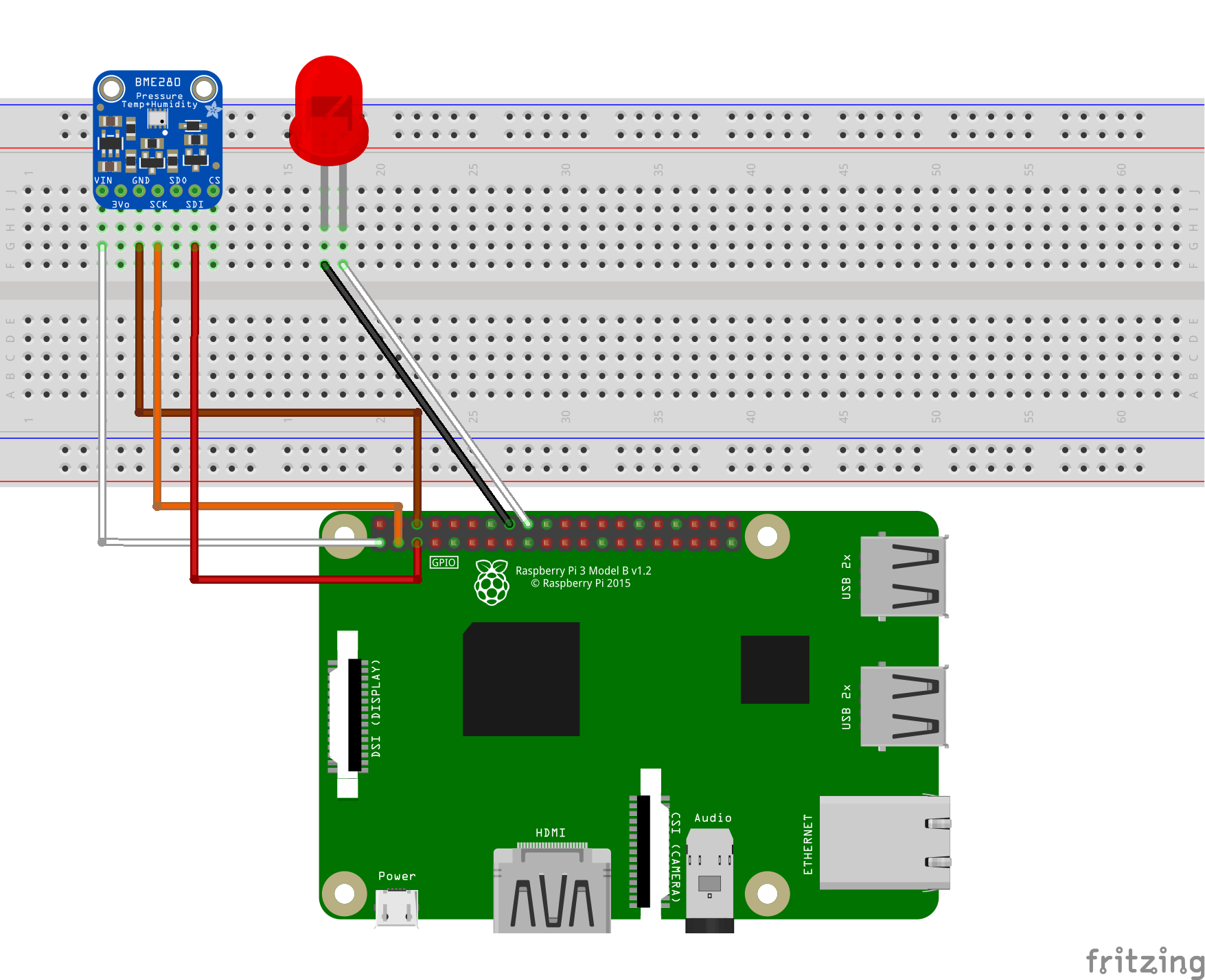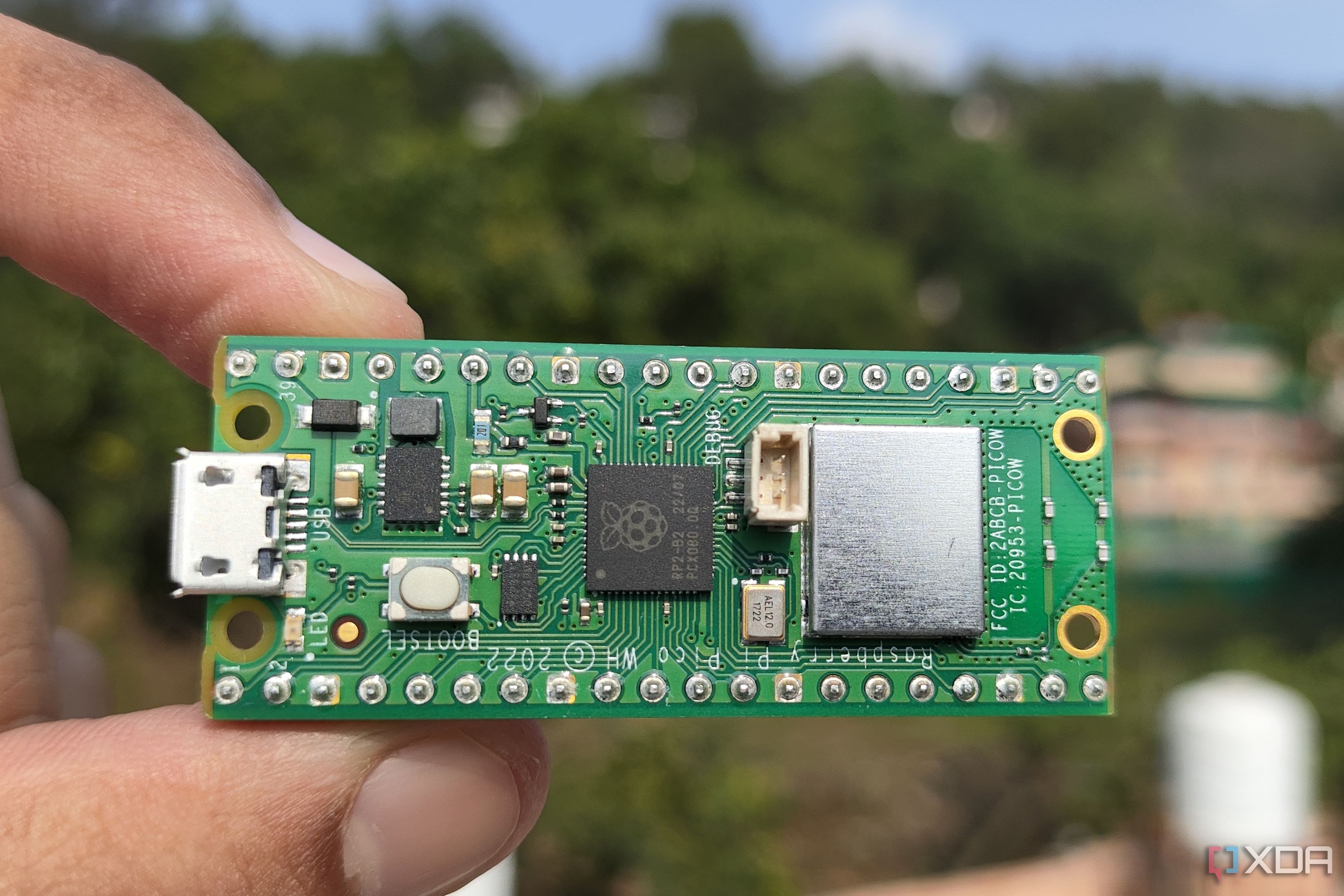Raspberry Pi RemoteIoT has become a popular choice for developers and hobbyists alike who want to create innovative Internet of Things (IoT) projects. Whether you're a beginner or an experienced engineer, this versatile platform offers endless possibilities for remote IoT applications. In this article, we will explore everything you need to know about Raspberry Pi RemoteIoT, including its setup, applications, and best practices.
Raspberry Pi RemoteIoT is more than just a tool; it's a gateway to transforming everyday devices into smart, interconnected systems. With its compact size and powerful performance, Raspberry Pi has revolutionized the way we approach IoT development. Whether you're automating your home or building industrial solutions, Raspberry Pi RemoteIoT provides the flexibility and scalability needed for success.
In today's digital age, IoT technology plays a crucial role in enhancing efficiency and convenience. By leveraging Raspberry Pi RemoteIoT, you can unlock new opportunities to streamline operations, reduce costs, and improve user experiences. This article will guide you through the essentials of Raspberry Pi RemoteIoT, ensuring you have the knowledge and tools to embark on your IoT journey.
Table of Contents
- What is Raspberry Pi RemoteIoT?
- Benefits of Using Raspberry Pi for RemoteIoT
- Setting Up Raspberry Pi for RemoteIoT
- Programming Languages for Raspberry Pi RemoteIoT
- Essential Hardware Components for Raspberry Pi RemoteIoT
- Applications of Raspberry Pi RemoteIoT
- Optimizing Security for Raspberry Pi RemoteIoT
- Troubleshooting Common Issues
- Case Studies: Real-World Examples of Raspberry Pi RemoteIoT
- Future Trends in Raspberry Pi RemoteIoT
What is Raspberry Pi RemoteIoT?
Raspberry Pi RemoteIoT refers to the use of Raspberry Pi devices for creating remote Internet of Things (IoT) solutions. Raspberry Pi, a credit-card-sized computer, is designed to be affordable, versatile, and easy to use, making it an ideal platform for IoT projects. With its ability to connect to sensors, actuators, and networks, Raspberry Pi enables users to monitor and control devices remotely.
Key Features of Raspberry Pi
- Compact Size: Raspberry Pi's small form factor makes it perfect for portable and embedded applications.
- High Performance: Equipped with powerful processors, Raspberry Pi can handle complex tasks and computations.
- Wide Compatibility: Supports a variety of operating systems, programming languages, and hardware interfaces.
- Community Support: A vast community of developers provides resources, tutorials, and support for Raspberry Pi users.
By integrating Raspberry Pi into IoT systems, users can achieve remote monitoring, data collection, and automation, enhancing the functionality of their devices.
Benefits of Using Raspberry Pi for RemoteIoT
There are numerous advantages to using Raspberry Pi for remote IoT applications. Below are some key benefits:
Cost-Effectiveness
Raspberry Pi is an affordable solution for IoT development, making it accessible to individuals, small businesses, and educational institutions. Its low cost does not compromise on performance, offering excellent value for money.
Flexibility and Scalability
Raspberry Pi can be customized to suit a wide range of applications, from simple home automation projects to complex industrial solutions. Its scalability allows users to expand their systems as needed, ensuring long-term usability.
Energy Efficiency
Raspberry Pi consumes minimal power, making it suitable for applications where energy efficiency is a priority. This feature is particularly beneficial for remote IoT devices that rely on battery power.
Setting Up Raspberry Pi for RemoteIoT
Setting up Raspberry Pi for remote IoT applications involves several steps. Here's a comprehensive guide to help you get started:
Step 1: Hardware Preparation
- Acquire a Raspberry Pi board, power supply, and necessary peripherals.
- Connect the Raspberry Pi to a monitor, keyboard, and mouse for initial setup.
Step 2: Installing the Operating System
Choose an appropriate operating system for your Raspberry Pi, such as Raspbian or Ubuntu. Use tools like Raspberry Pi Imager to install the OS on an SD card.
Step 3: Network Configuration
Configure the Raspberry Pi to connect to your Wi-Fi network or Ethernet. Ensure that the device is accessible remotely by setting up port forwarding or using services like ngrok.
Programming Languages for Raspberry Pi RemoteIoT
Several programming languages can be used for Raspberry Pi RemoteIoT development. Below are some popular options:
Python
Python is widely regarded as the most user-friendly language for Raspberry Pi. It offers extensive libraries and frameworks for IoT development, such as Flask for web applications and MQTT for messaging.
Java
Java provides robust performance and cross-platform compatibility, making it a suitable choice for large-scale IoT projects. Libraries like JavaFX can be used for creating graphical user interfaces.
C++
C++ offers high performance and low-level control, ideal for resource-constrained environments. It is commonly used for developing real-time IoT applications.
Essential Hardware Components for Raspberry Pi RemoteIoT
To build effective Raspberry Pi RemoteIoT solutions, you will need the following hardware components:
Sensors
Sensors are crucial for collecting data from the environment. Common types include temperature, humidity, motion, and light sensors.
Actuators
Actuators enable Raspberry Pi to control physical devices, such as motors, relays, and LEDs.
Network Interfaces
Ensure your Raspberry Pi has reliable network connectivity through Wi-Fi, Ethernet, or cellular modules.
Applications of Raspberry Pi RemoteIoT
Raspberry Pi RemoteIoT finds applications in various fields, including:
Smart Home Automation
Control lighting, climate, and security systems remotely using Raspberry Pi. This enhances convenience and energy efficiency in residential settings.
Industrial Automation
Raspberry Pi can be used to monitor and control industrial processes, improving productivity and reducing downtime.
Agriculture
Implement precision farming techniques by using Raspberry Pi to monitor soil conditions, weather patterns, and crop health.
Optimizing Security for Raspberry Pi RemoteIoT
Security is a critical consideration when implementing Raspberry Pi RemoteIoT solutions. Follow these best practices to safeguard your devices:
Regular Updates
Keep your operating system and software up to date to protect against vulnerabilities.
Strong Passwords
Use strong, unique passwords for all accounts associated with your Raspberry Pi devices.
Firewall Configuration
Set up firewalls to restrict unauthorized access to your network and devices.
Troubleshooting Common Issues
Here are some common issues encountered when working with Raspberry Pi RemoteIoT and their solutions:
Connection Problems
Ensure that your Raspberry Pi is properly connected to the network and that all cables are securely plugged in.
Software Errors
Check your code for syntax errors and ensure that all dependencies are correctly installed.
Hardware Failures
If your Raspberry Pi fails to boot, inspect the power supply and SD card for issues.
Case Studies: Real-World Examples of Raspberry Pi RemoteIoT
Several organizations have successfully implemented Raspberry Pi RemoteIoT solutions. Below are two notable examples:
Smart Agriculture System
A company in India developed a smart agriculture system using Raspberry Pi to monitor soil moisture levels and automate irrigation. This resulted in significant water savings and increased crop yields.
Remote Health Monitoring
A healthcare provider in the UK utilized Raspberry Pi to create a remote health monitoring platform for elderly patients. The system allowed caregivers to track vital signs and receive alerts in case of emergencies.
Future Trends in Raspberry Pi RemoteIoT
The future of Raspberry Pi RemoteIoT looks promising, with advancements in technology driving innovation. Some emerging trends include:
Edge Computing
Edge computing allows data processing to occur closer to the source, reducing latency and improving performance for IoT applications.
Artificial Intelligence Integration
Integrating AI into Raspberry Pi RemoteIoT systems enables advanced analytics and decision-making capabilities.
Sustainability Focus
As environmental concerns grow, there is a greater emphasis on developing energy-efficient and sustainable IoT solutions.
Conclusion
Raspberry Pi RemoteIoT offers a powerful platform for creating innovative and practical IoT solutions. By understanding its capabilities, setting it up correctly, and following best practices, you can unlock its full potential. We encourage you to experiment with Raspberry Pi RemoteIoT and share your experiences in the comments below. Don't forget to explore other articles on our site for more insights into IoT technology.
Thank you for reading, and happy tinkering!


